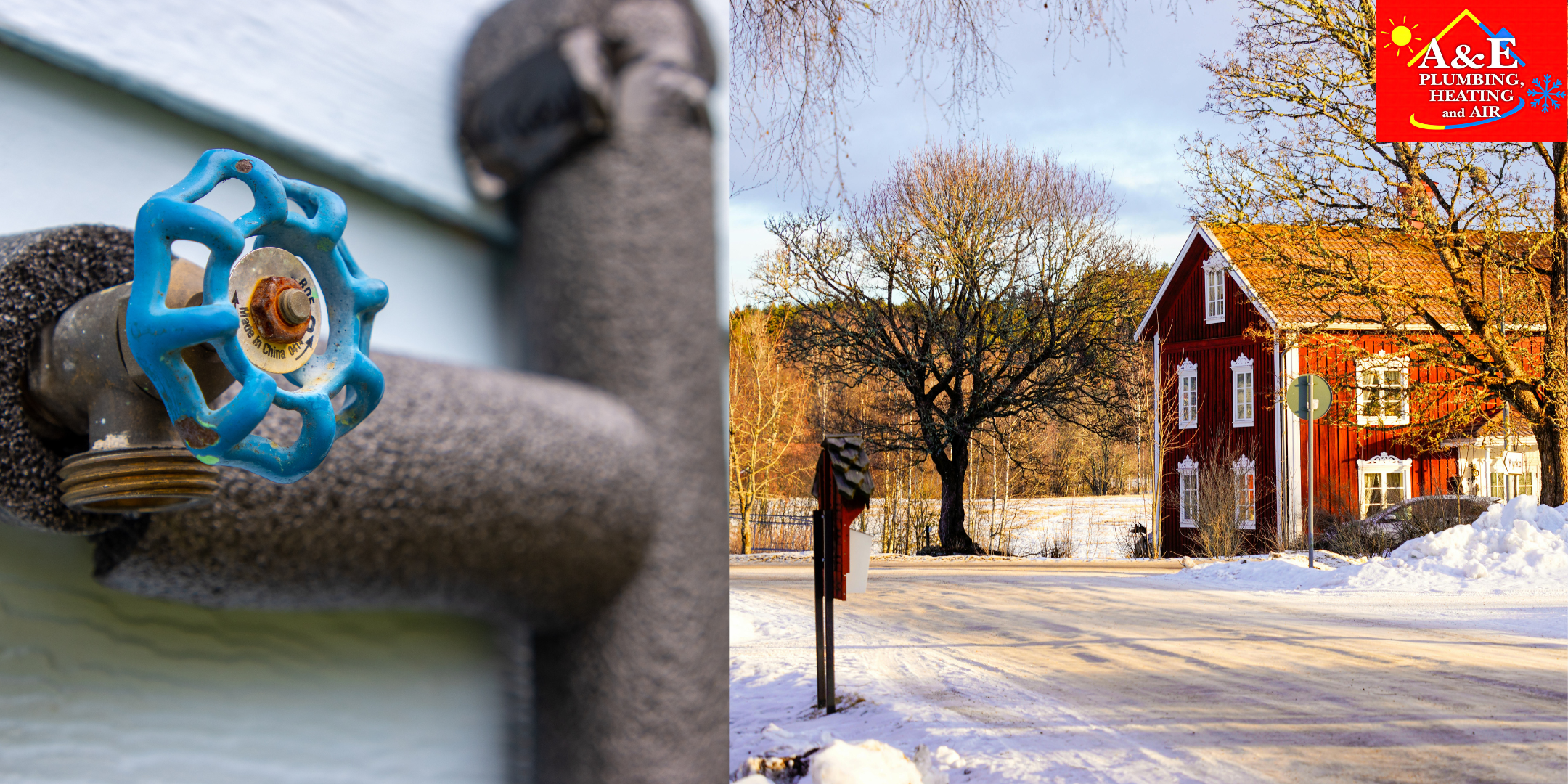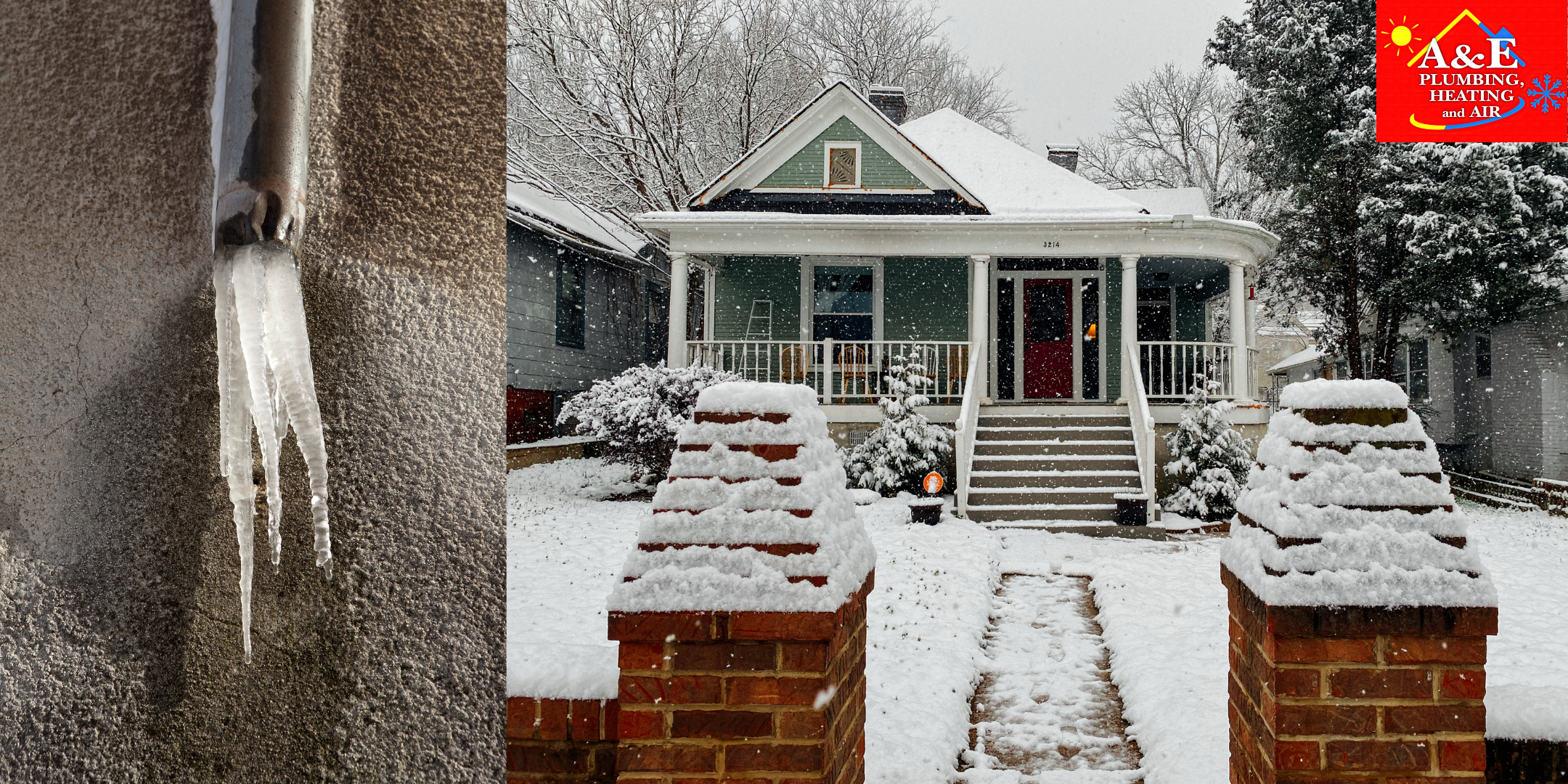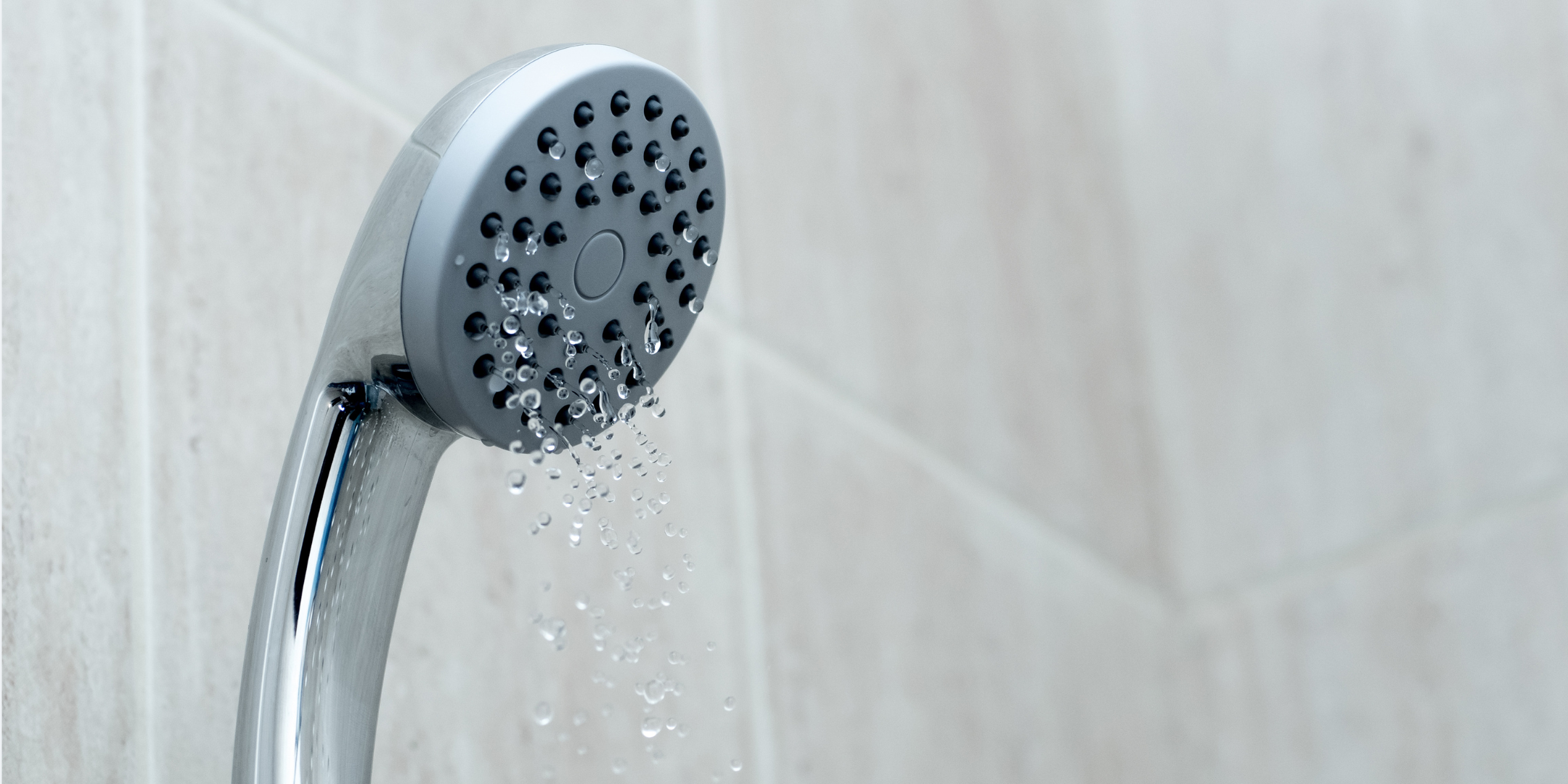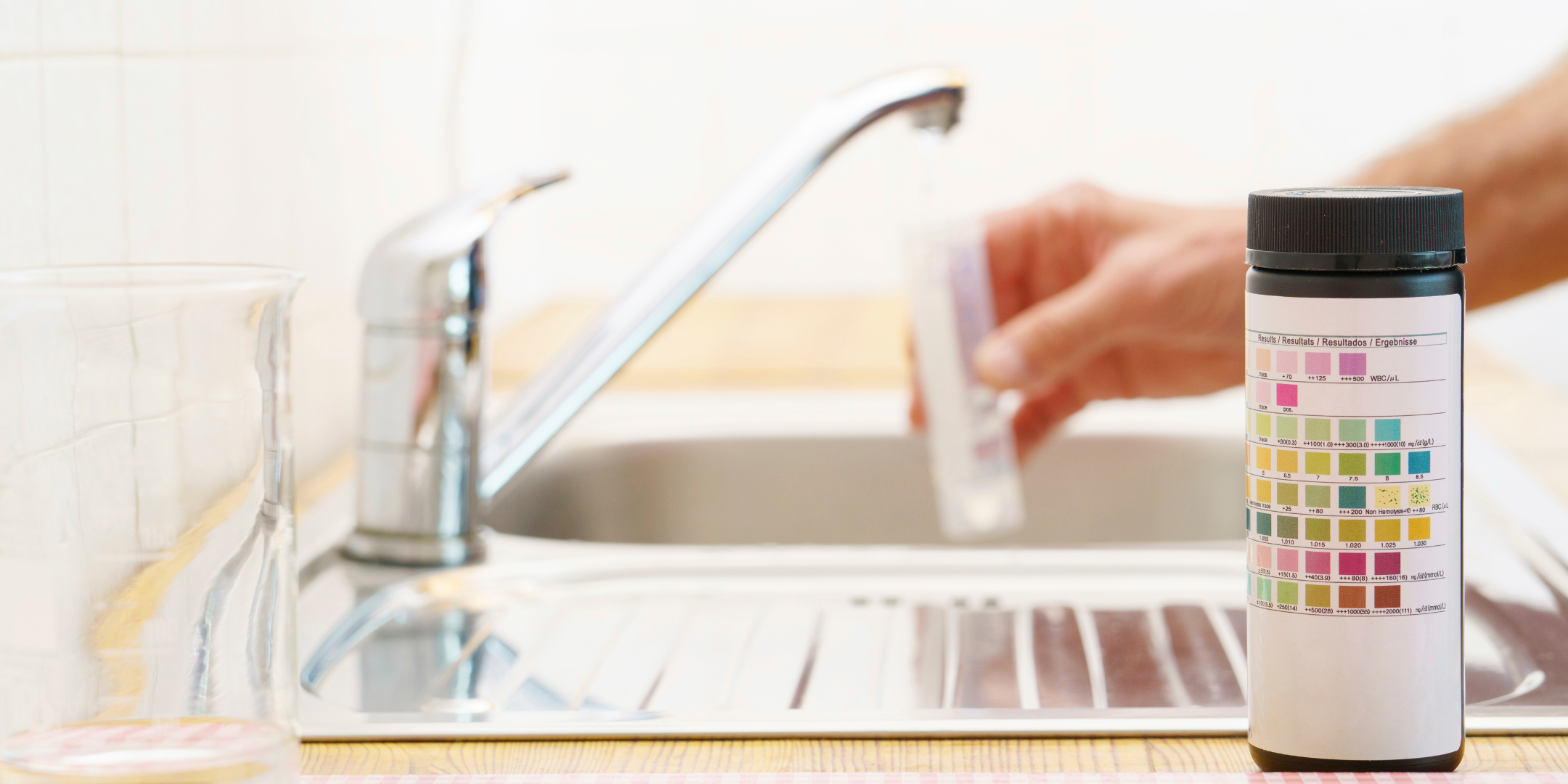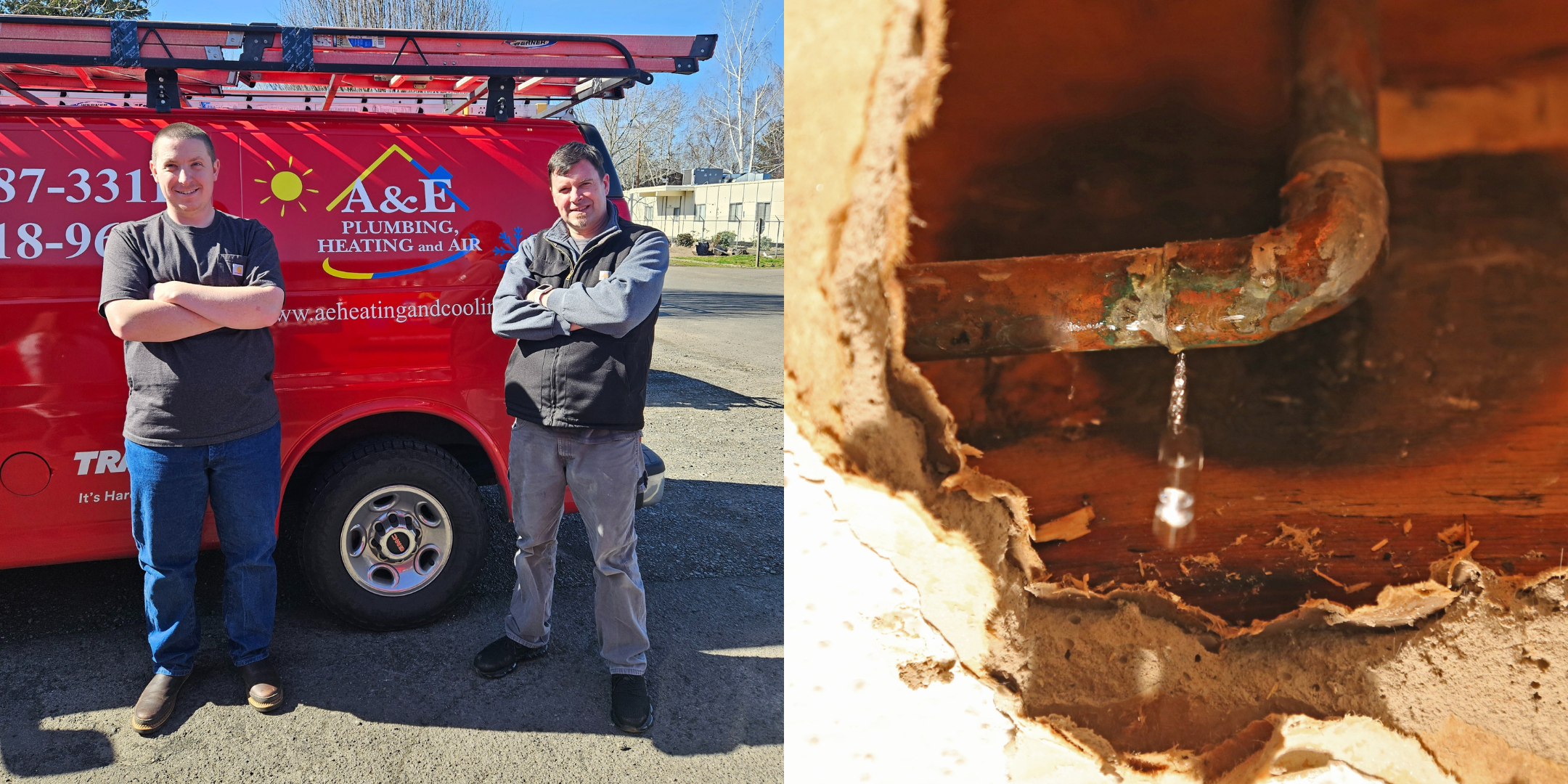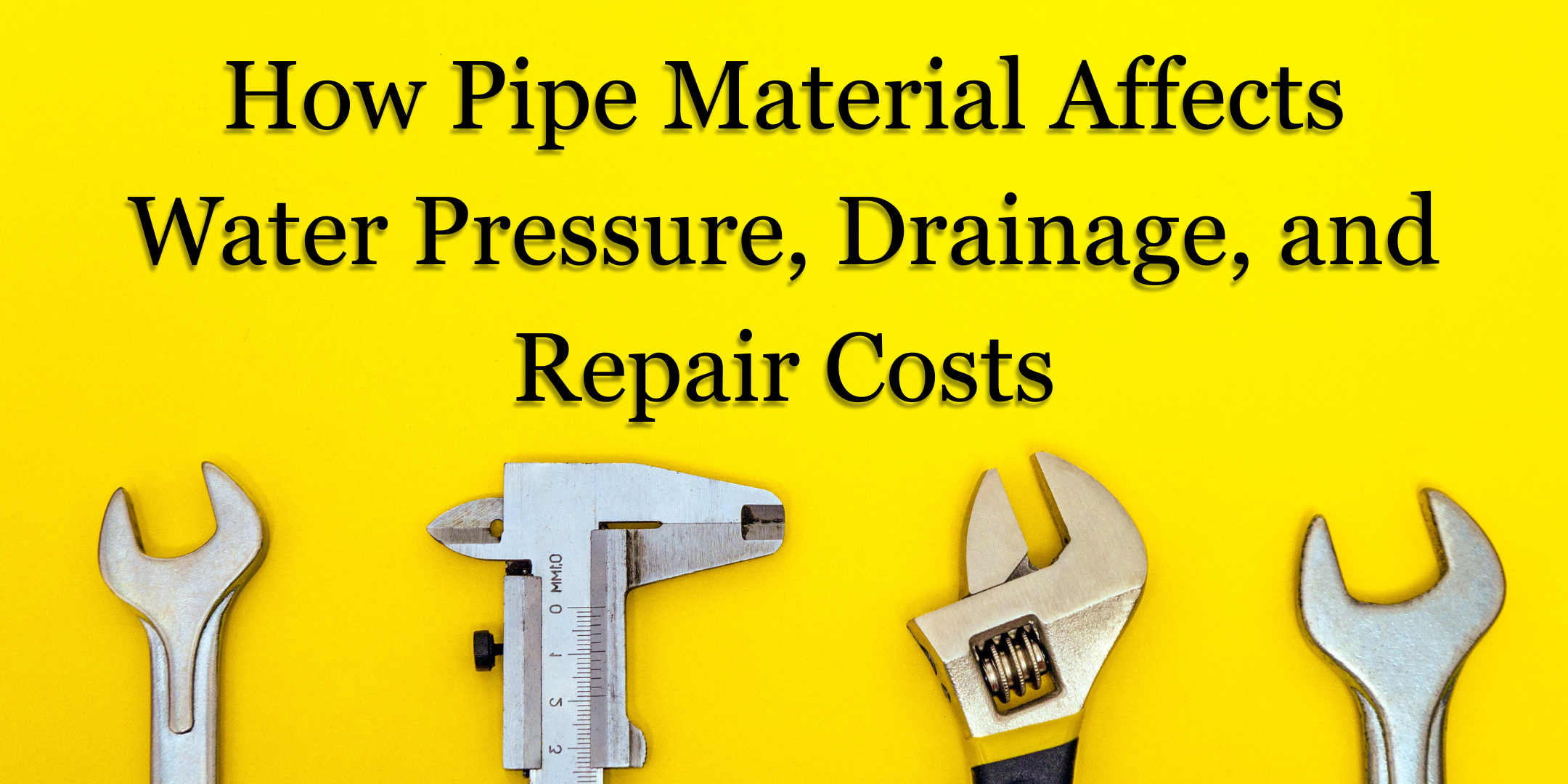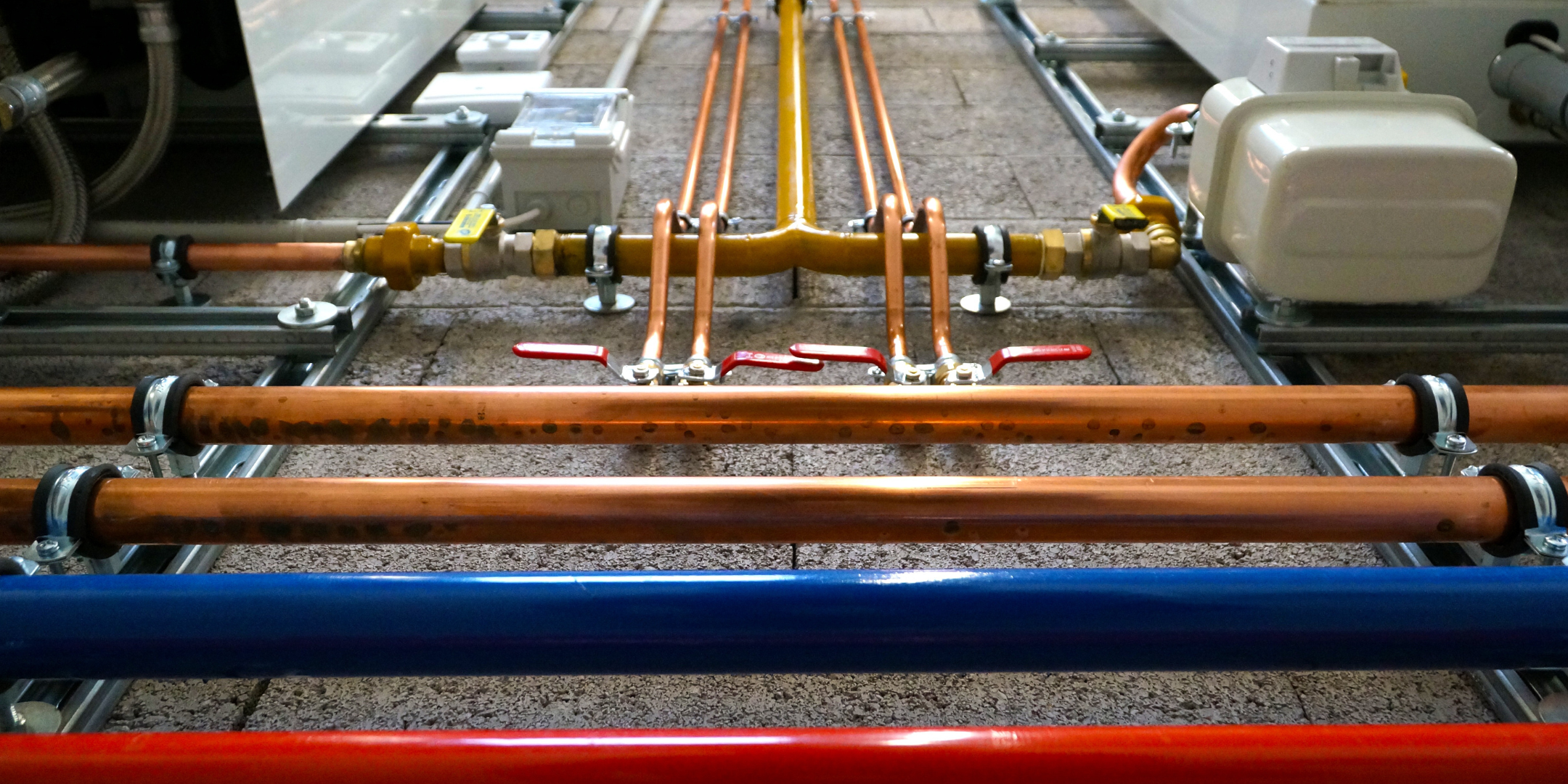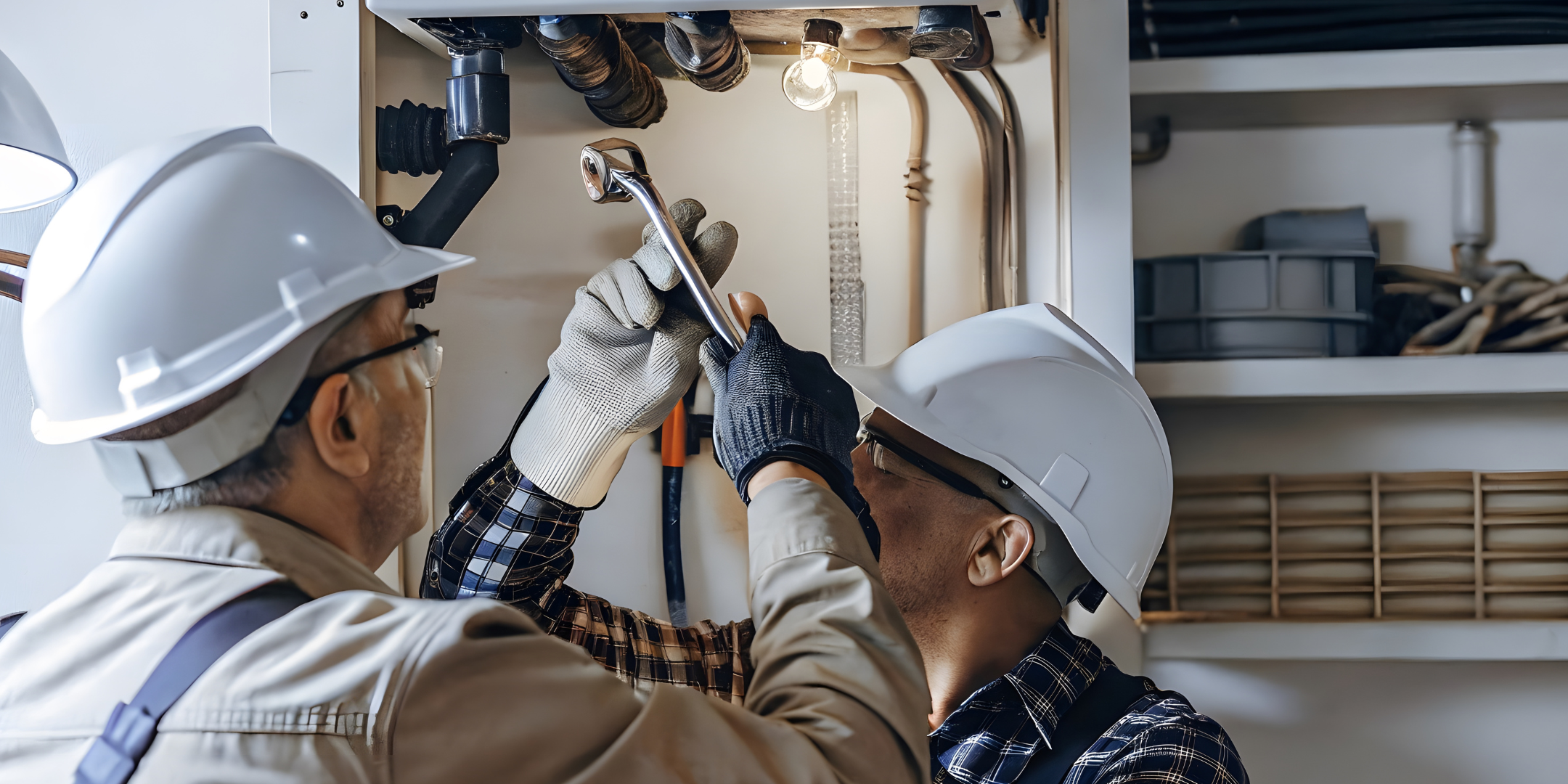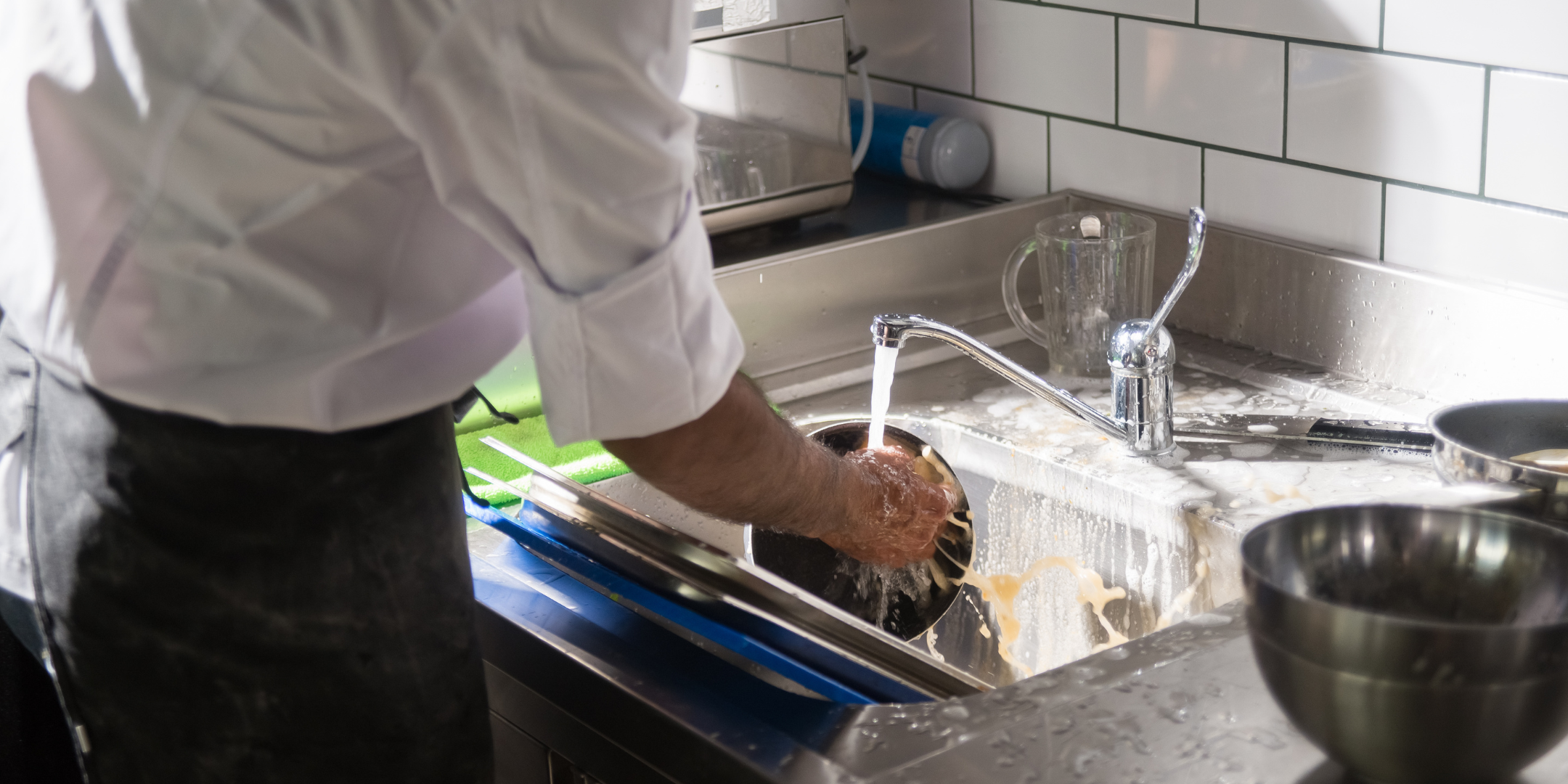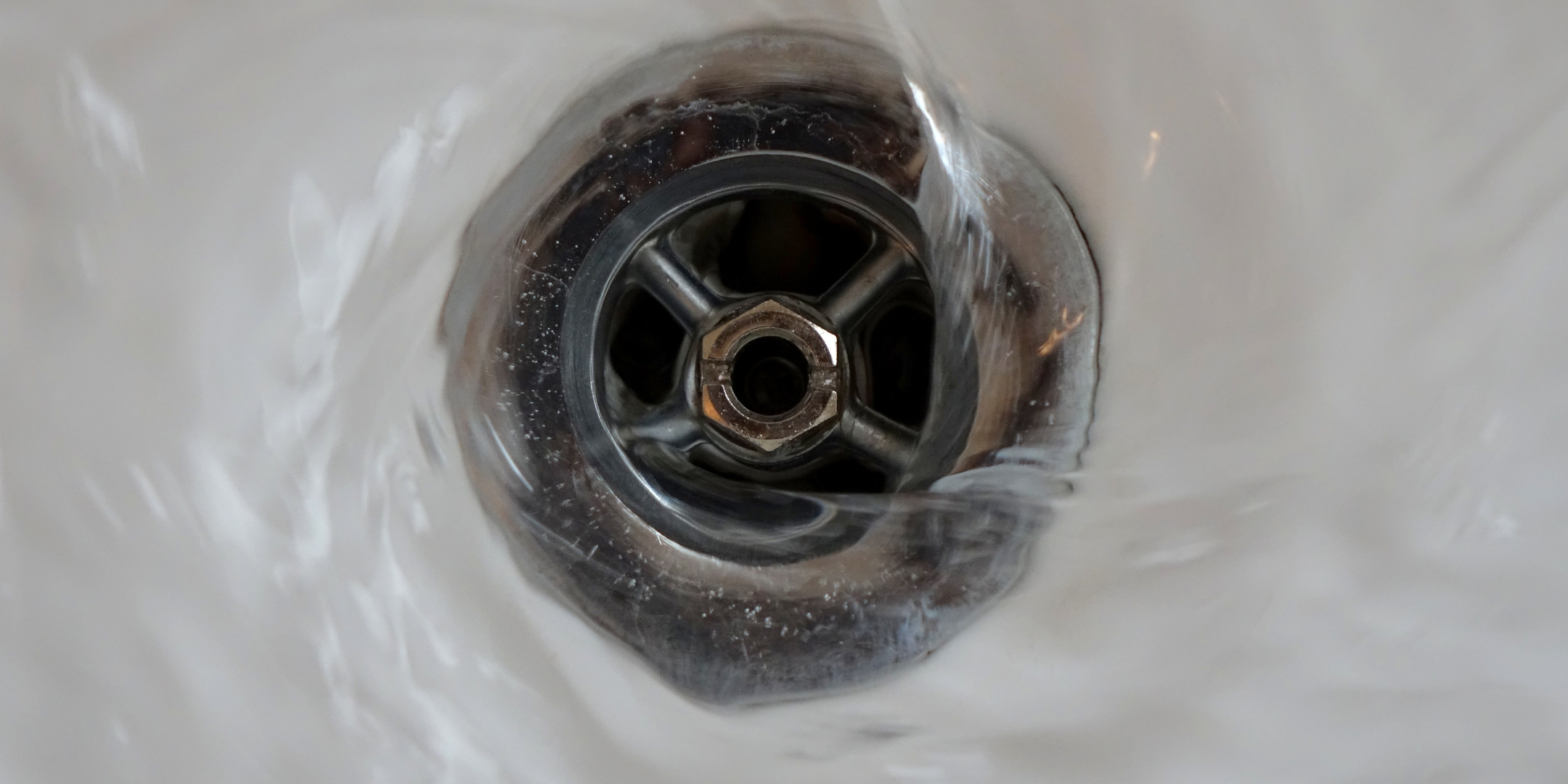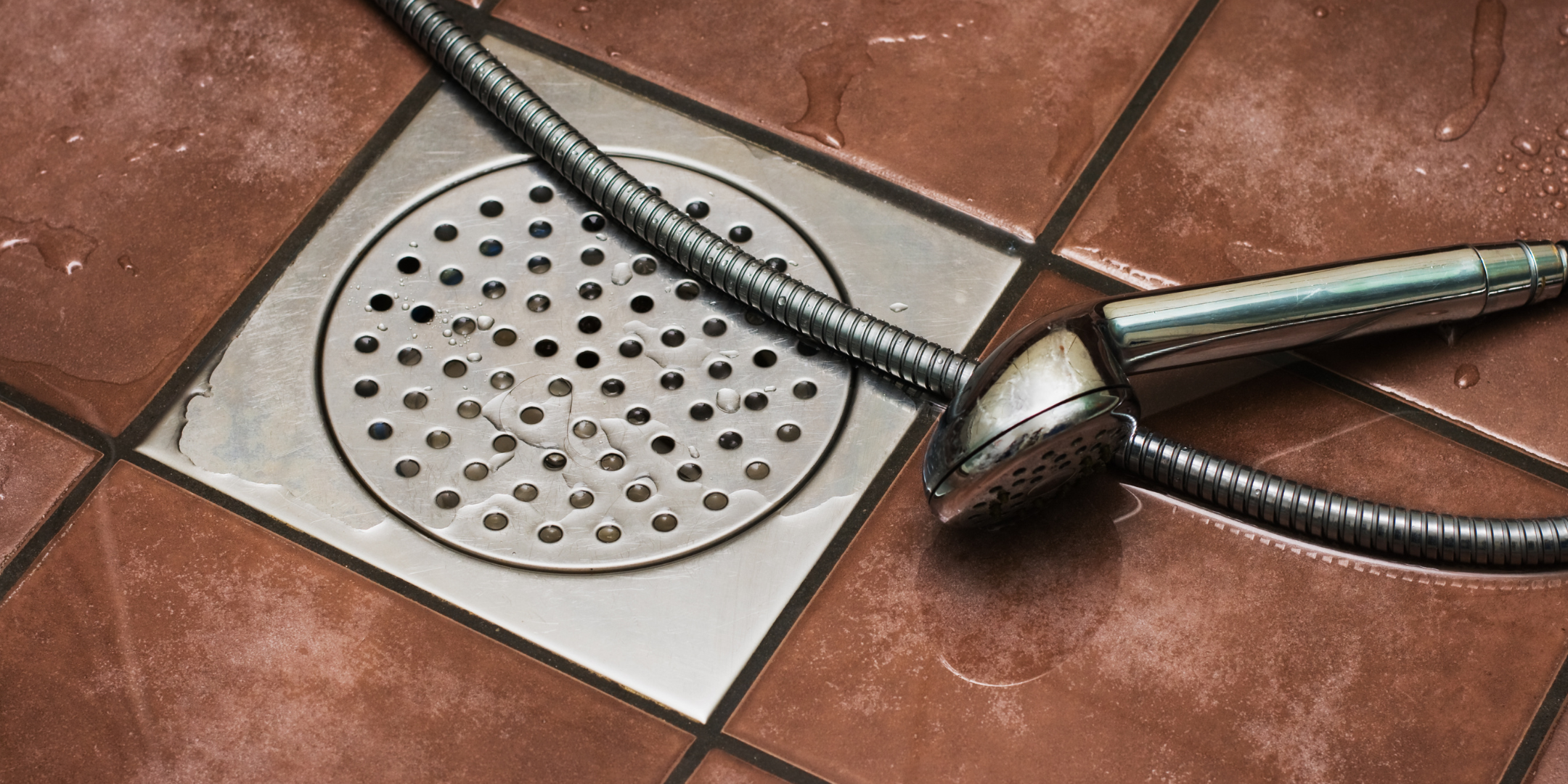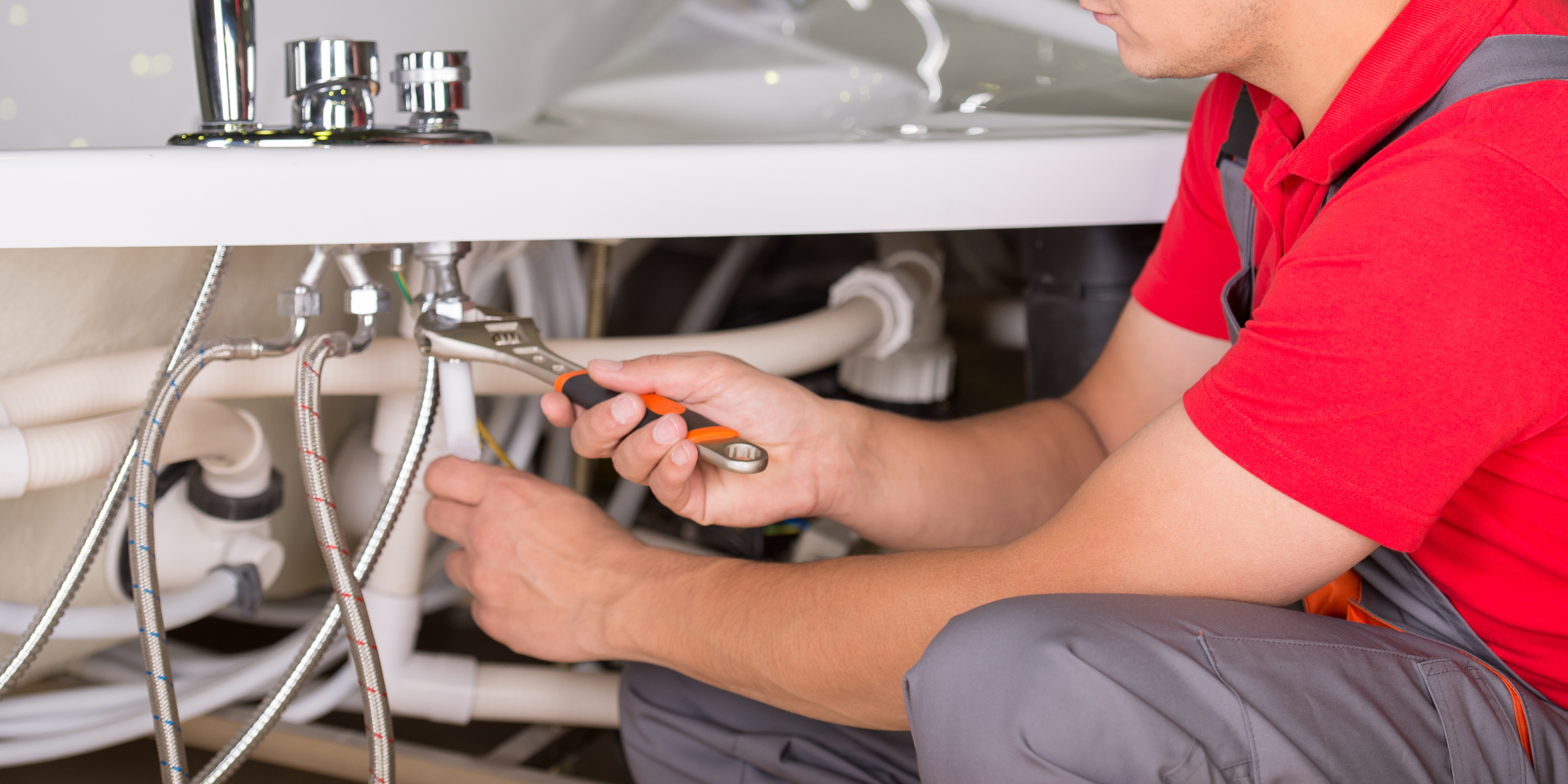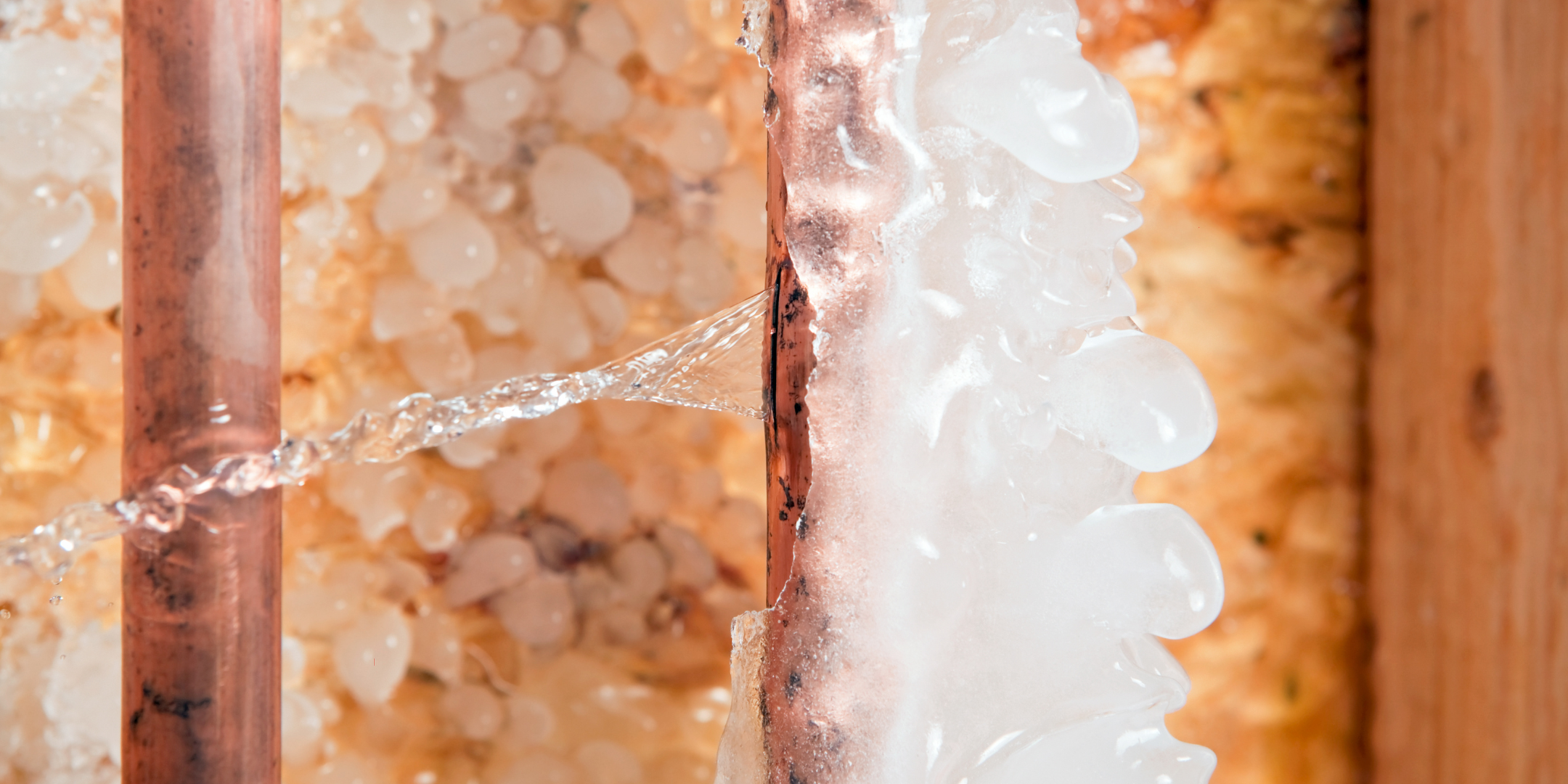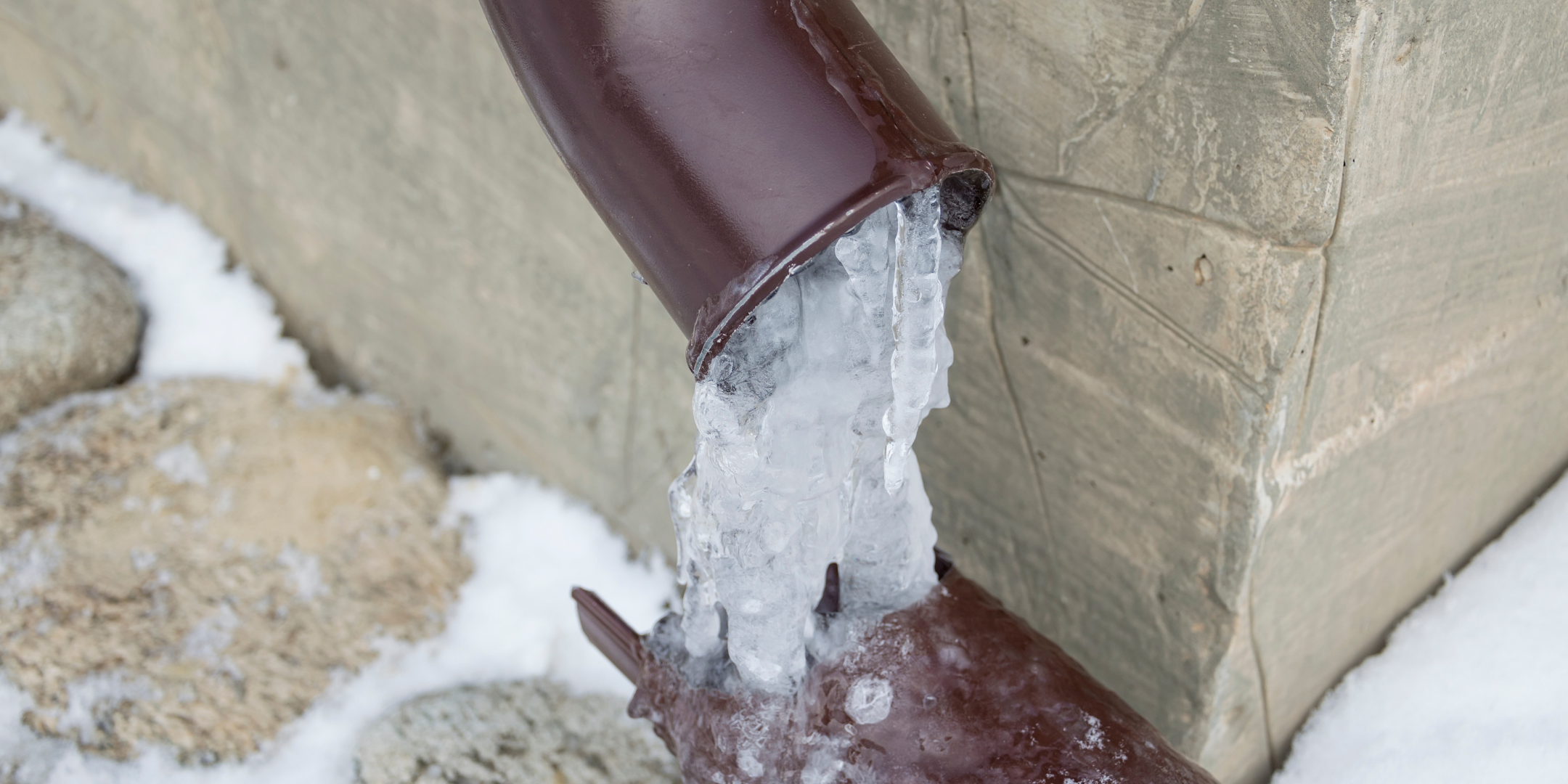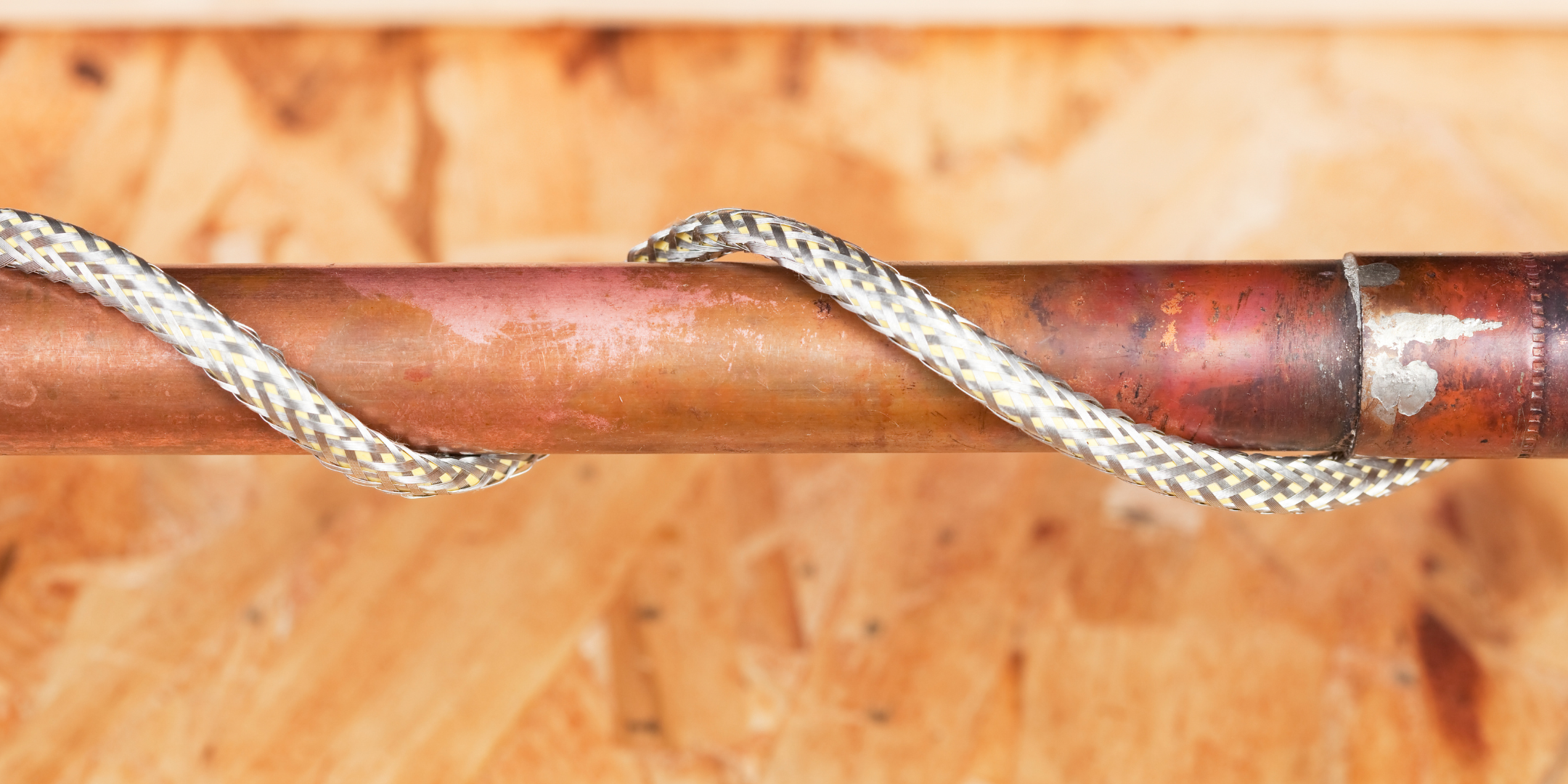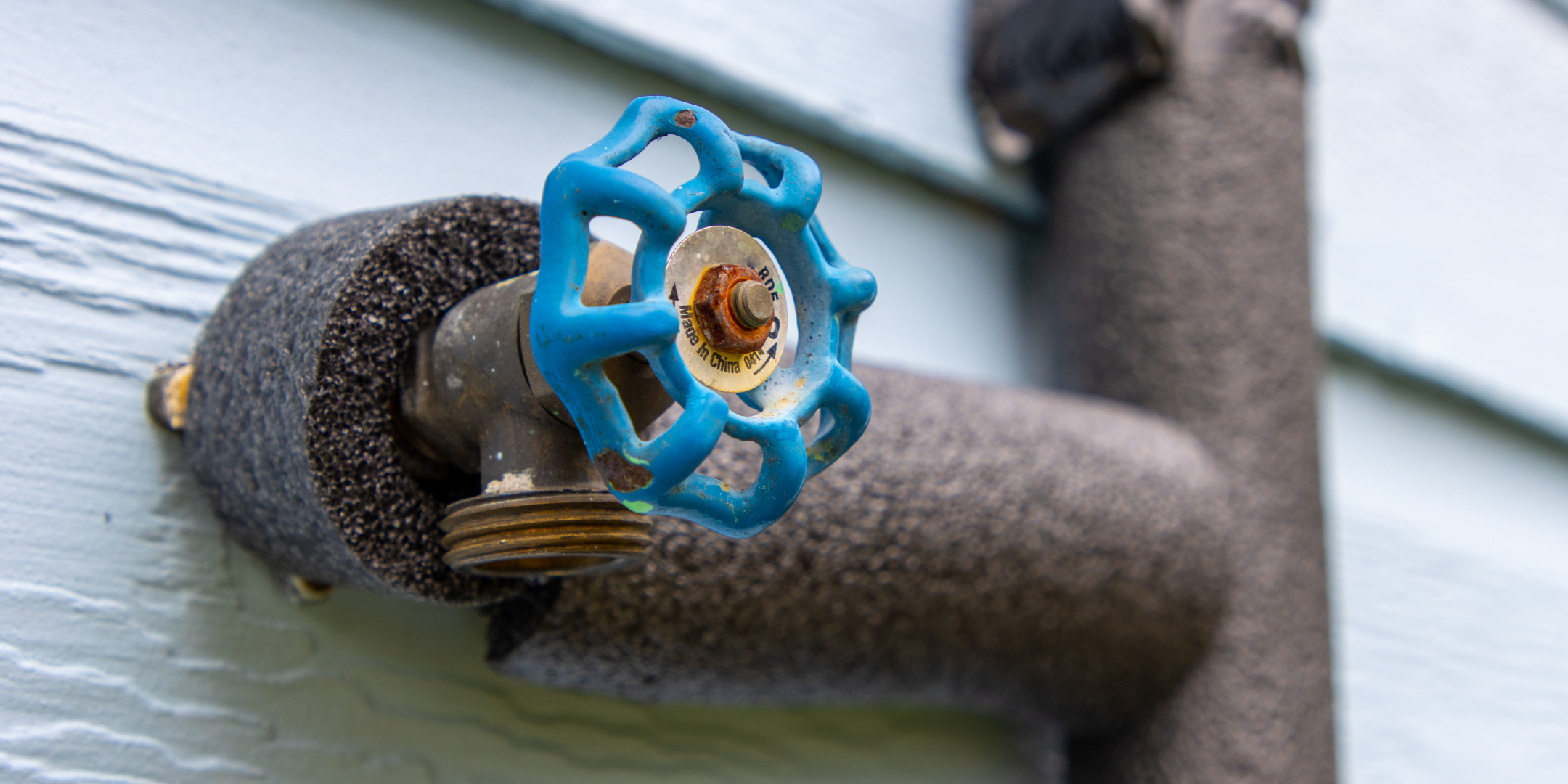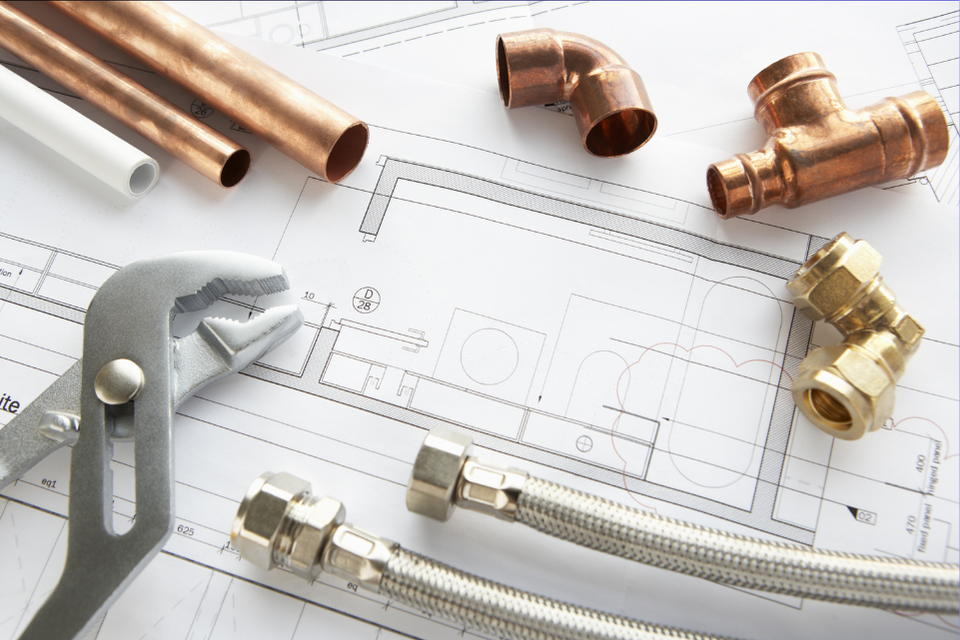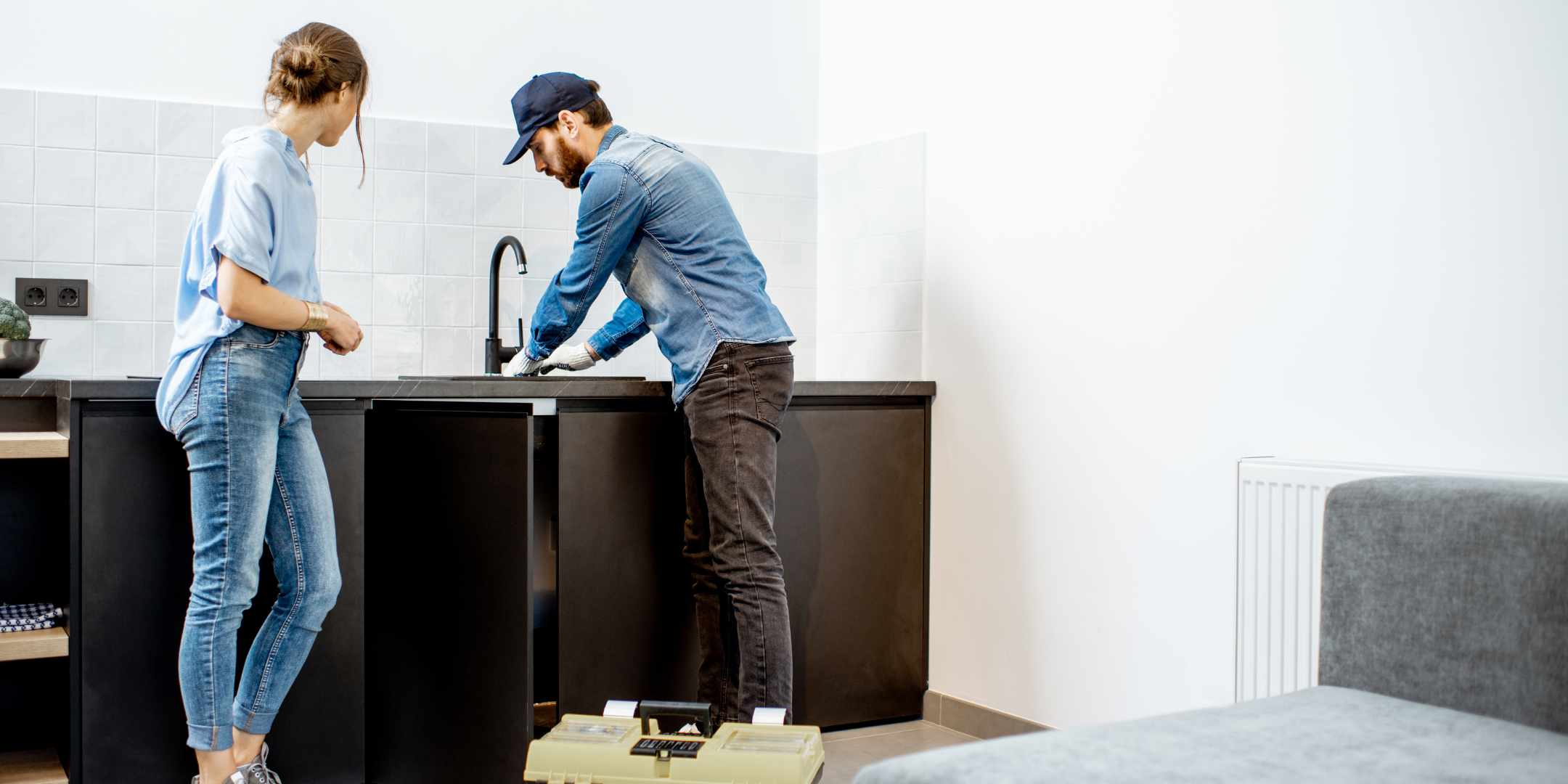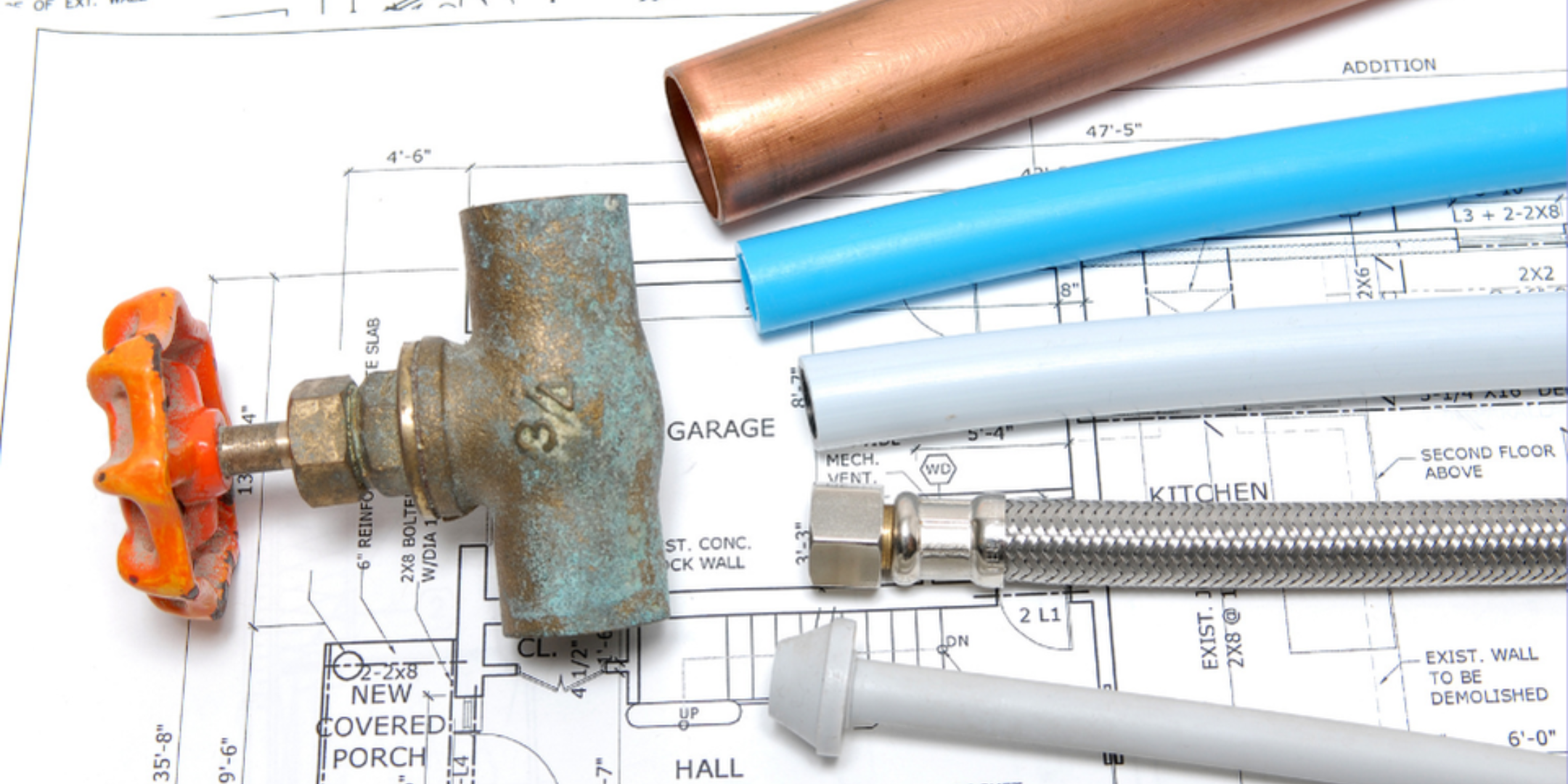How Often Should You Clean Your Home's Drains, and With What?
July 1st, 2025
6 min read
By Daphne Hunt
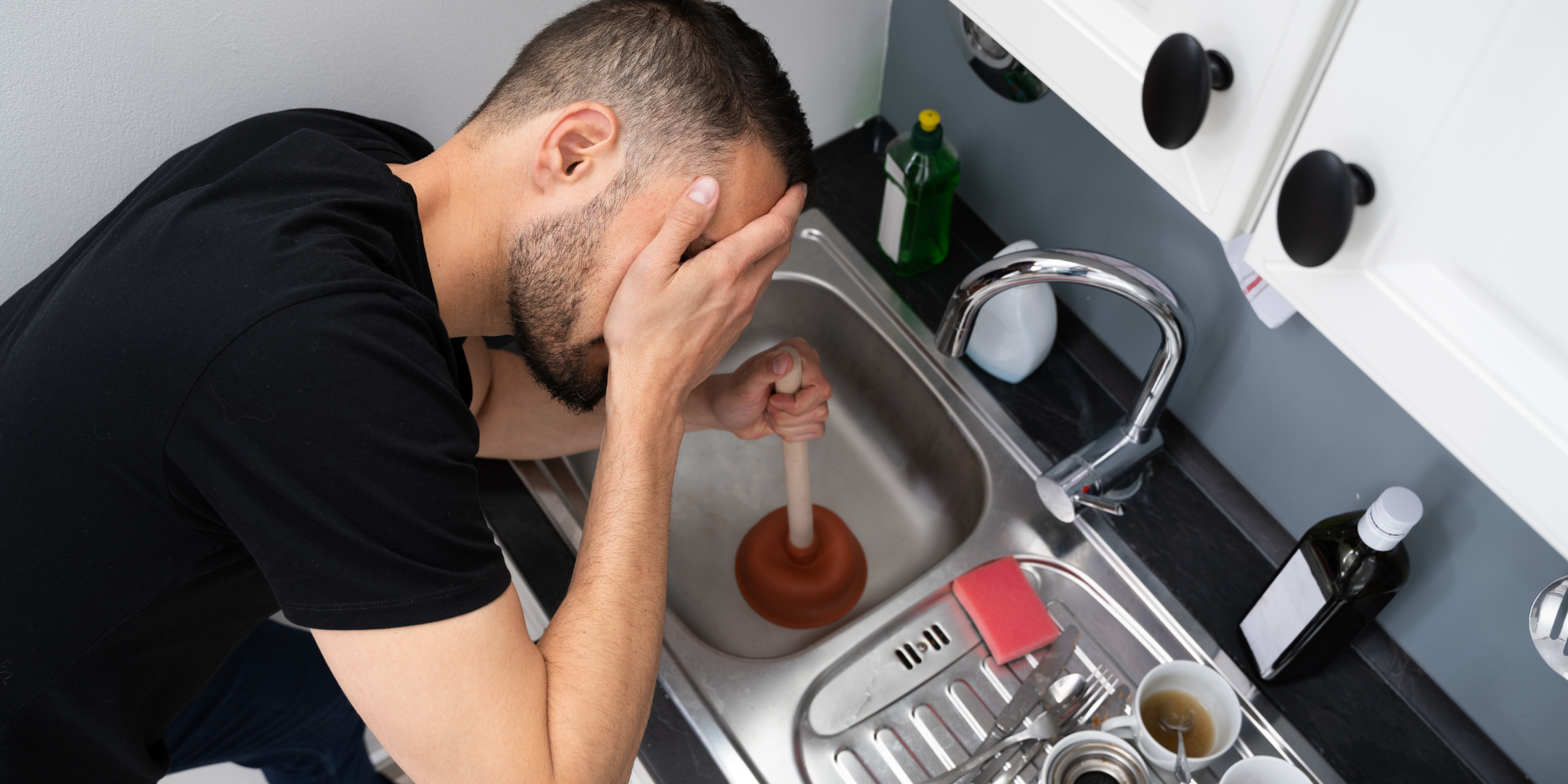
If you’ve ever cleaned your drains, only to have them clog up again a few weeks later, you’re not alone. It’s frustrating, messy, and honestly—confusing. You’re doing everything right: using a hair catcher, pouring in baking soda and vinegar, maybe even skipping the grease down the sink. And still, things back up.
frustrating, messy, and honestly—confusing. You’re doing everything right: using a hair catcher, pouring in baking soda and vinegar, maybe even skipping the grease down the sink. And still, things back up.
At A&E Plumbing, Heating and Air, we’ve been helping homeowners across the Gorge and Portland Metro area for over 17 years, and we’ve seen this happen more times than we can count. The problem isn’t you—it’s what’s hiding deeper inside your pipes.
In this article, you’ll get a clear, honest look at what’s really going on, and what you can do to fix it for good—whether you’re handling it yourself or calling in help.
How Often Each Drain Needs to be Cleaned and Best Products to Use
You don’t have to live in a hundred-year-old farmhouse to deal with slow drains and mystery smells. Even in newer homes, everyday habits leave behind a mix of gunk that sticks, hardens, and narrows your pipes over time—especially if your system was built before the 1990s. And if you’re the one in your house trying to keep things running smoothly? It can feel like you’re constantly putting out the same little fire.
Let’s break it down by room, so you can finally stop guessing.
Kitchen Drains
The kitchen drain is one of the hardest-working drains in your house. Even if you’re scraping plates and wiping pans before rinsing, you’re still sending oils, starches, and dish soap down the line.
What builds up:
- Grease and oil (yes—even the little bits add up)
- Food particles
- Dish soap residue that actually helps grease cling to pipes
Best cleaner:
- Enzyme-based degreasers (like Bio-Clean or Earthworm)
- Avoid boiling water if you have PVC pipes
- Never use bleach or chemical drain openers—they harden fats and make clogs worse
How often to clean:
- Once a month with enzyme cleaner
- Flush weekly with hot (not boiling) water and a few drops of dish soap
Pro tip: If your sink starts to smell, that’s your drain telling you to clean it—smells usually show up before flow slows down.
Bathroom Drains
Between shaving, hair-washing, and facial cleansing, your bathroom sink and shower see a lot of daily traffic—and a lot of sticky residue.
What builds up:
- Hair (and not just from the people with long hair—everyone sheds)
- Toothpaste, soap scum, lotion, and makeup wash-off
- Shaving cream and exfoliating scrubs
Best cleaner:
- Enzyme-based hair digesters (like Green Gobbler or Zep)
- Baking soda + vinegar is fine for maintenance, but won’t break up deep clogs
- Zip-it or drain hair tools are great for physical removal
How often to clean:
- Every 2–3 weeks: remove hair and flush with hot water
- Monthly: treat with enzyme cleaner overnight
Pro tip: If the water is draining slowly and bubbling, the clog is already forming—get ahead of it now.
Laundry Drains
Out of sight, out of mind—until your utility sink backs up or smells like wet dog. Laundry drains take more of a beating than most people realize.
of a beating than most people realize.
What builds up:
- Lint and pet hair
- Soap residue and softener gunk
- Dirt and sand from clothing
Best cleaner:
- Enzyme drain treatments or oxygen-based cleaners
- Avoid hot water flushes—some detergents react badly and congeal
- Never use harsh chemicals (they kill bacteria in septic systems)
How often to clean:
- Every 2–3 months if you have a lint trap
- Monthly if your washer drains directly into the sink
Pro tip: Install a $5 lint trap on your washer hose and you’ll instantly reduce 70% of laundry drain clogs.
Main Sewer Lines
If you’ve had more than one fixture clog at the same time—or if your tub backs up when the washer runs—you might be dealing with something deeper: the mainline.
What builds up:
- Tree roots (very common in older homes with clay or cast iron sewer pipes)
- “Flushable” wipes, paper towels, feminine products
- Grease from kitchen drains that hardens in cooler parts of the line
- Mineral scale from hard water
Best cleaner:
- Professional hydrojetting or mechanical snaking
- Foaming root killers (in very specific cases, under professional guidance)
- Never attempt DIY chemical treatments—many do more harm than good
How often to clean:
- Every 1–2 years if your home is 30+ years old or you’ve had a backup before
- Add camera inspections every 3–5 years if you have large trees or clay pipe
Pro tip: If your drains gurgle when another one runs, you’re overdue for a mainline inspection.
Why Store-Bought Cleaners Don’t Always Work (and Sometimes Make Things Worse)
We’ve all done it. You're staring at a slow-draining sink, dinner’s half-cooked, the kids are arguing in the next room—and you grab that bottle with bold promises like “24-Hour Power!” or “Dissolves Anything!” because you just need it fixed. Fast.
And to be fair, sometimes it does help… for a little while. But if that same drain backs up again a few weeks later, here’s what’s actually going on beneath the surface.
Most Cleaners Only Treat the Symptom—Not the Problem
Those over-the-counter gels and foams are great at breaking down soft blockages right near the top of the pipe—like toothpaste gunk or a little grease at the kitchen drain opening. But the majority of real clogs?
- They’re 6, 10, even 15 feet down the line.
- Hair mixed with soap can bind up further down the P-trap or beyond
- Grease hardens as it cools, often settling in the middle of a pipe run
- Mineral buildup and rust scale happen deep inside older pipes, where no cleaner can reach
So even if the water starts moving again right after you use the cleaner, chances are you’ve only pushed the clog further in—or temporarily burned a hole through it that’ll close right back up.
Some Chemicals Make the Situation Worse
Harsh drain cleaners often contain sodium hydroxide (lye), sulfuric acid, or other highly caustic ingredients. These aren’t just tough on clogs—they’re tough on your pipes.
These aren’t just tough on clogs—they’re tough on your pipes.
- Cast iron and galvanized pipes are especially vulnerable. Over time, repeated use of these cleaners accelerates corrosion from the inside out.
- PVC pipes can soften, warp, or weaken from the heat these chemicals produce—especially if combined with boiling water.
- Rubber gaskets and seals around joints or under toilets can degrade, leading to hidden leaks.
If your home has older plumbing (and many in the Gorge and Portland Metro do), it’s not worth the gamble. A $6 bottle now can turn into a $600 repair in six months.
If your clog is stubborn enough to survive vinegar, baking soda, and an overnight enzyme soak—it’s no longer a surface problem. It’s a deep one. And that’s where your hands, your tools, and even the strongest bottle from the store just can’t reach.
What a Professional Drain Cleaning Can Do That You Can’t (And Why That’s Okay)
Let’s be honest: calling in a plumber can feel like admitting defeat. You’ve tried the DIY fixes, maybe twice. You’ve plunged, poured, Googled, and even whispered threats to the sink. Still? The drain gurgles. The water won’t budge. The smell is starting to make your eye twitch.
You’re not lazy. You’re not clueless. You’re dealing with a problem that your tools—and your reach—simply weren’t designed to fix.
And that’s exactly when a professional makes all the difference.
1. They Can See What You Can’t
A good plumber doesn’t just guess where the problem is. They inspect your system—often with a small drain camera that snakes deep into the pipes and shows exactly where the clog, damage, or buildup is happening.
This is how they catch things like tree roots, shifting joints, or internal corrosion before they cause a major failure.
Camera inspections typically cost $150–$250, and can save you from a $10,000 sewer repair down the road.
It’s like a checkup for your plumbing—except with a camera instead of a stethoscope.
2. They Use Equipment Designed for the Job
Average cost for snaking a single line: $125–$250
Hydrojetting for a whole line: $400–$700
(Based on severity, pipe access, and clog type)
Unfortunately, a $12 drain snake from the hardware store is not the same thing as a professional-grade auger or jetter.
Snaking tools used by pros can reach 50–100 feet into the drain line and chew through roots, hardened grease, and compacted gunk.
Hydrojetting machines use high-pressure water to scrub the pipe walls clean, not just poke a hole through the clog.
This isn’t just about clearing the line—it’s about restoring full, like-new flow that DIY cleaners can’t touch.
3. They Spot Warning Signs Before You Can Smell Them
Most clogs don’t start as clogs—they start as slow buildup, slight pressure changes, and hairline cracks. A professional has the experience to catch these early and give you options that fit your timeline and budget.
Maybe it’s a minor trap replacement now instead of a major backup later.
Maybe it’s a recommendation for enzyme maintenance or a reminder to insulate exposed pipes before winter.
This isn’t just problem-solving—it’s system care.
4. They Know Your Plumbing’s Personality
Every house has its quirks—especially if you’re in an older home with a mix of pipe types, dated fixtures, or creative “past repairs.” A good plumber will:
- Ask how often you’ve been dealing with clogs
- Consider your pipe material (PVC? Cast iron? Galvanized?)
- Adjust their tools and methods accordingly
- That tailored knowledge is what turns a one-time fix into a long-term solution.
| Service Type | Typical Cost |
| Basic sink/tub snaking | $99–$150 |
| Kitchen or laundry drain | $125–$200 |
| Toilet auger service | $125–$175 |
| Mainline snaking | $300–$600 |
| Hydrojetting (whole line) | $400–$750 |
Yes, it’s an investment—but it’s often far less than the cost of water damage, repeated service calls, or full pipe replacement. In fact, one well-timed drain cleaning can save you thousands down the road—not to mention your Saturday afternoon and your sanity.
Still Dealing with That Clog? You’re Not Alone—and You’ve Got Options
When you first started reading, you were likely feeling overwhelmed, maybe even a little defeated—wondering why your drains keep clogging even though you’ve been doing everything “right.” You wanted real answers, not just another quick tip that works for a week and fails the next. Whether you’re managing a busy household or caring for an older home, you deserve plumbing solutions that last—not just temporary relief.
With over 17 years of experience helping homeowners across the Gorge and Portland Metro, we’re here to guide you through every stage—whether that means giving you the right tools, or stepping in when it’s time for more than DIY.
Think you’ve got a handle on what’s inside your pipes? Now let’s talk about how to actually fix the clog—safely, affordably, and without making it worse in our guide, "Fixing Clogged Drains: What Works, What Doesn’t, and When It’s Time to Call for Backup."
Daphne Hunt holds a bachelor's degree in English and Mass Communication and has a lifelong passion for writing. She thrives on using her skills to craft compelling pieces that inform, inspire, and connect with readers.
Topics:






